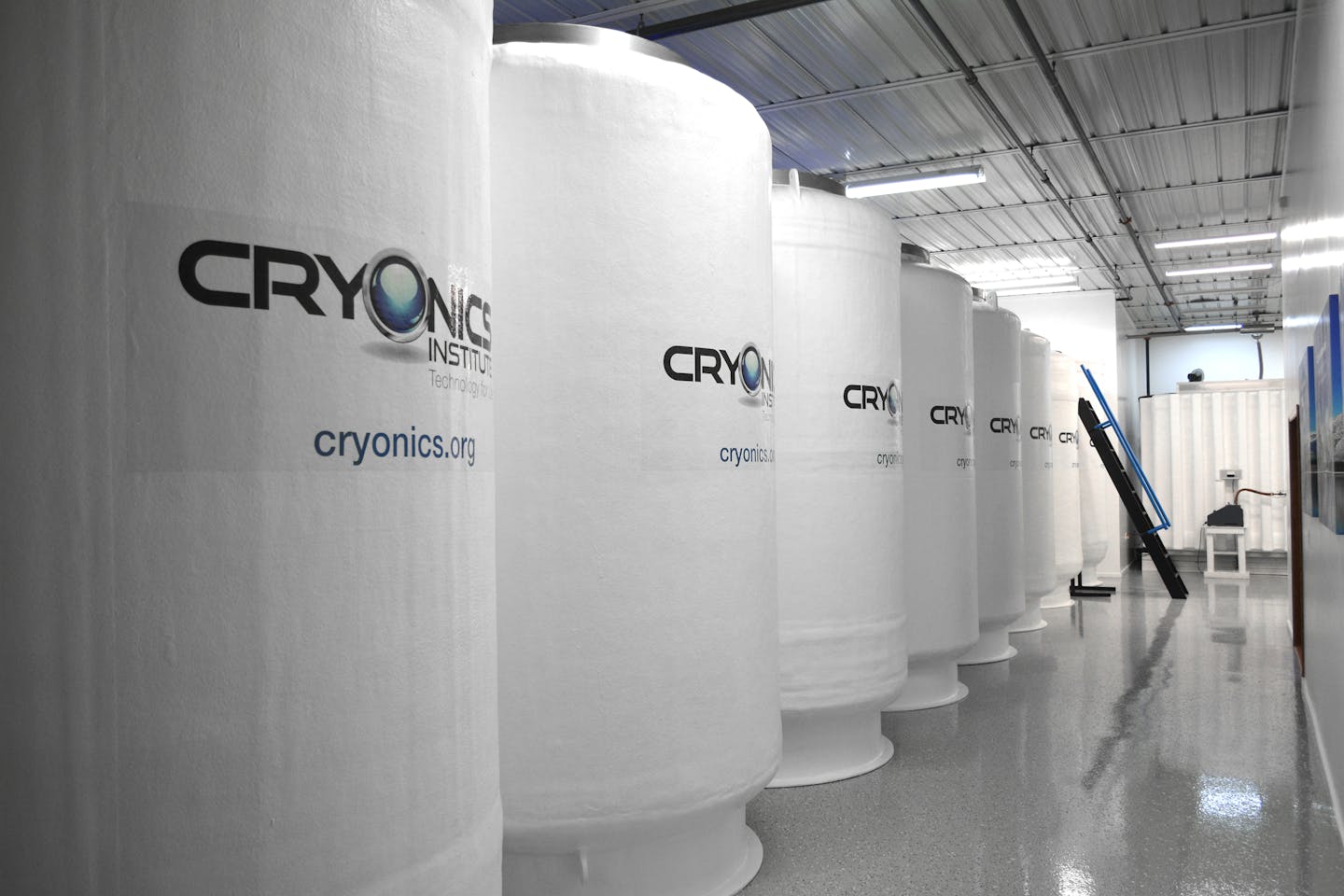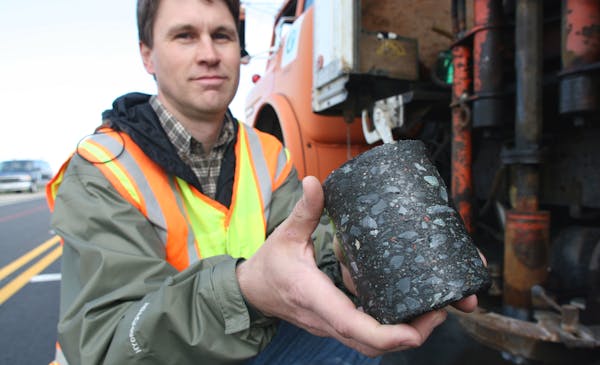Listen and subscribe to our podcast: Via Apple Podcasts | Spotify | Stitcher
Minnesotans are used to life in subzero temperatures, but what about death?
Reader Sharon Carlson wanted to know if Minnesota is home to any cryonics facilities, where bodies are kept frozen until theoretical future technology is able to reanimate them. She posed the question to Curious Minnesota, the Star Tribune's reader-powered reporting project.
"I'm just kind of having a hard time with the idea of dying," said the 62-year-old Andover resident. "I'm not philosophical — I'm kind of pissed off about it."
There are actually only two cryonics facilities in the nation, in Arizona and Michigan. But a number of Minnesotans have made plans to be frozen, and a passionate group of cryonics enthusiasts is trying to ease the transition from life to long-term storage.
Minnesota Cryonics Rapid Response counts about two dozen members. Most — if not all — have signed up to spend their postmortem days in large freezers at either the Cryonics Institute (CI) in Clinton Township, Mich., or the Alcor Life Extension Foundation in Scottsdale, Ariz.
When a member dies, time is of the essence.
Other Rapid Response members must stabilize the body as quickly as possible, usually by packing it in ice. The body must be kept cold until it can be shipped to CI or Alcor, where it will be "vitrified" at about 320 degrees below zero Fahrenheit in a vacuum-sealed tube of liquid nitrogen. The response team may administer anti-coagulants to keep the blood from thickening after death.
"Our biggest expense last year was about $150 for ice," said Chris Petersen of Minneapolis, a board member of the rapid response group. "Knowing where your closest 24-hour gas station with an ice freezer has turned out to be a big role."
'Freeze Hank'
Last year, the group launched a GoFundMe fundraiser to help get one of their members, Hank, to the Michigan facility after his death. The "Freeze Hank" campaign didn't raise much — only about $2,300. But when Hank died earlier this year, members successfully preserved his body and got it to Michigan.
The primary goal of the fundraiser was to raise money for long-term needs such as an emergency vehicle and monitors that could alert the group when a member's vital functions are failing. They also hope to develop educational materials for paramedics, funeral homes and hospitals, to teach them how to process the body of someone who wants cryonic preservation.
Freezing and reanimation is a frequent theme of Hollywood, playing a prominent role in movies like "Captain America," "Demolition Man" and "Austin Powers." In fact, many of the members of the Rapid Response group were first drawn to cryonics through sci-fi.
"I've always liked the harder part of sci-fi, where the science is plausible," Petersen said. He admits that when he first heard about cryonics, "I thought it sounded kind of quacky."
But Petersen and others maintain that what seems out of the realm of possibility today may be routine in the future. Nobody thought humans could fly; then the Wright brothers did it. A century ago, nobody would have believed a heart transplant was possible, yet today they're not even newsworthy.
Advances in cellular and molecular science are opening doors to medical advances that would have been unheard of even a decade ago, said Dennis Kowalski, president of CI. Scientists routinely freeze and thaw human eggs, sperm, embryos and tissue samples with no ill effects. Who's to say a whole body couldn't be frozen and thawed successfully?
"I don't believe we're at the zenith of human technological knowledge," Kowalski said. "We're going to be smarter in the future than we are today."
Health care of the future
CI has about 200 bodies in vitrification right now, Kowalski said, along with about 200 pets. Walt Disney is not among them, despite rumors that the famed animator had his head frozen after death — a rumor Kowalski said is false.
But there is at least one famous person at his facility, Kowalski said, although he can't reveal who it is.
CI, which is a nonprofit organization, requires a donation of $28,000 to be stored at the facility indefinitely, Kowalski said. Many members donate more, with the money often coming from life insurance policies. The institute invests the donations in mutual funds, which are expected to provide money to keep the facility operating into the future.
Of course, if you're frozen after dying of cancer, you will still have a cancer-ridden body when you wake up.
"The issue is when you wake up, they have to fix what killed you," said Gene Shaver of St. Louis Park, another rapid response team member. But that's where members believe science will find a way.
"Let's be very honest here," Petersen said. "This is a long shot that we're doing. But if humanity and civilization is still around 500 or 1,000 years from now, if they have the technology to bring someone back to life, they probably have the technology to do nanotechnology or gene therapy" to treat the cause of death.
And for cryonics advocates, that long shot is better than nothing at all.
As Kowalski put it: "I can be sure that if you don't try, you're going to be worm dirt."
If you'd like to submit a Curious Minnesota question, fill out the form below:
Read more Curious Minnesota stories:
How many people live their entire life in Minnesota?
How did early settlers survive their first Minnesota winters?
What's the truth behind Minnesota's Kensington Runestone?
Who is the oldest living Minnesotan and what is their story?
Are Minnesota's health care costs really the highest in the nation?
Where does Twin Cities electricity come from and how is it delivered to homes?






